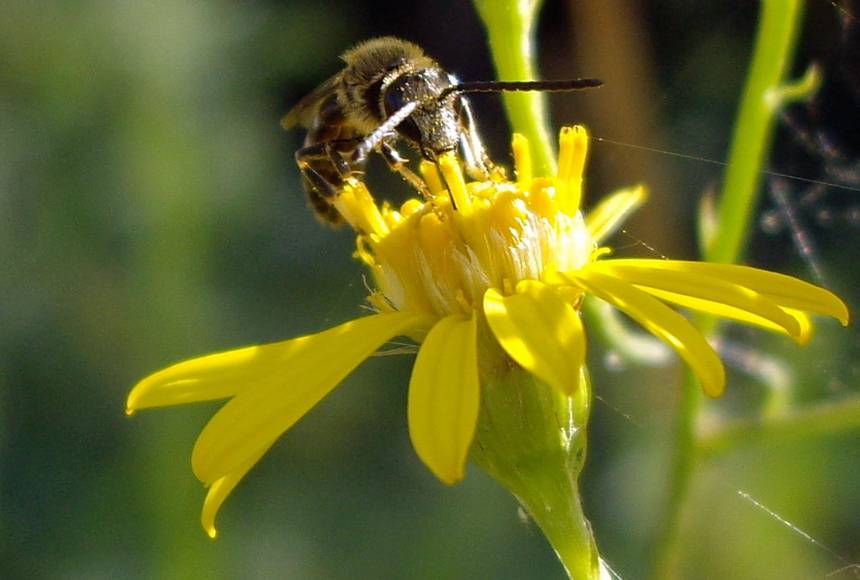An “exceptional” year.
When Thomas Endrulat of the German Weather Service uses the word “exceptional” with reference to the summer of 2018 in northern Germany, he doesn’t mean it in the good sense. Instead, he is warning against jumping to conclusions that the extended heat and severe drought are proof of global warming, even though they do match the forecasts from models of how the climate in Europe will be affected by global climate change.
The farmers are using another word: disaster. “We’ve reached the point here in Germany where we’re talking about a natural disaster that’s a threat to our livelihood,” Juliane Stein of Agro Boerdegruen, an agricultural conglomerate dedicated to sustainable farming practices told the Agence France Presse, reflecting concern about drought damage to this summer’s crops underpinned by fear of an emerging threat from climate change.
Driving through Germany, the effects of the drought sadden the heart; cornfields have stopped growing, and simply turn yellow. The radio announces the autobahns closed by wildfires, although rapid intervention by Germany’s fire brigades have saved the country from worse fates such as in Sweden or Greece. Newspapers report on streams completely dried up, leaving a bed strewn with aquatic critters that found themselves high and dry.
While it may not be correct to jump to conclusions about climate change based on this one extremely bad year, it certainly represents an opportunity to evaluate the winners and losers should the climate turn more consistently to such olive-growing weather in the breadbaskets of Europe.
And the winner is: Ragwort. Known by the scientific name Senecio jacobaea, ragwort is native to Eurasia. Normally it’s growth is held in check by competition with healthy plants. But in this year of drought, the German daily Die Welt reports that ragwort has taken over in many pastures and fields. Due to its inherent drought-stress resistance, ragwort thrives as the other plant species fail.
This can create a problem. Ragwort is toxic to cattle and horses. Usually animals avoid the bright yellow flowers due to their bitter taste. But as farmers race to harvest the already reduced yield of animal feed, ragwort gets mixed in with the hay. The bitter chemicals degrade faster than the poisons, so that animals do not notice. Making matters worse, the effects of the poison can build up in the body over time, so continuous consumption of small doses poses a serious threat.
As farmers struggle to tend to their animals in the aftermath of the drought, there is another winner: the bees. Ragwort offers a nectar bonanza, rated in the top ten of plants for nectar production. This presents another risk: the toxic alkaloids in the ragwort can show up in honey. Although the quantities are typically too low to be of concern, this may be another case in which 2018 is “exceptional.”
Currently there are no regulations requiring landowners to fight the spread of ragwort in Germany (as there are in some other countries). But if this climate continues, the battle to maintain the balance which favors humans and our livestock will get into full stride.
Credit: www.treehugger.com

